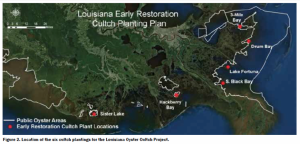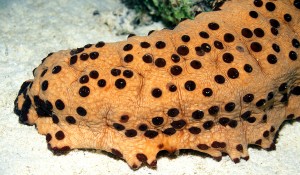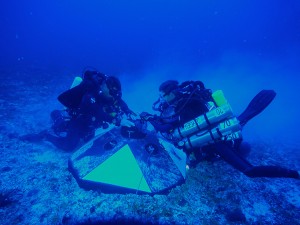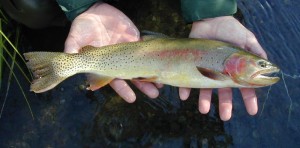

Identifying Endocrine Disrupters as an Emerging Issue: Smallmouth Bass in the Potomac River
Jeff Schaeffer | AFS Co-Chief Science Editor. E-mail: [email protected] With this article, Vicky Blazer (U.S. Geological Survey, National Fish Health Research Laboratory) and her colleagues











